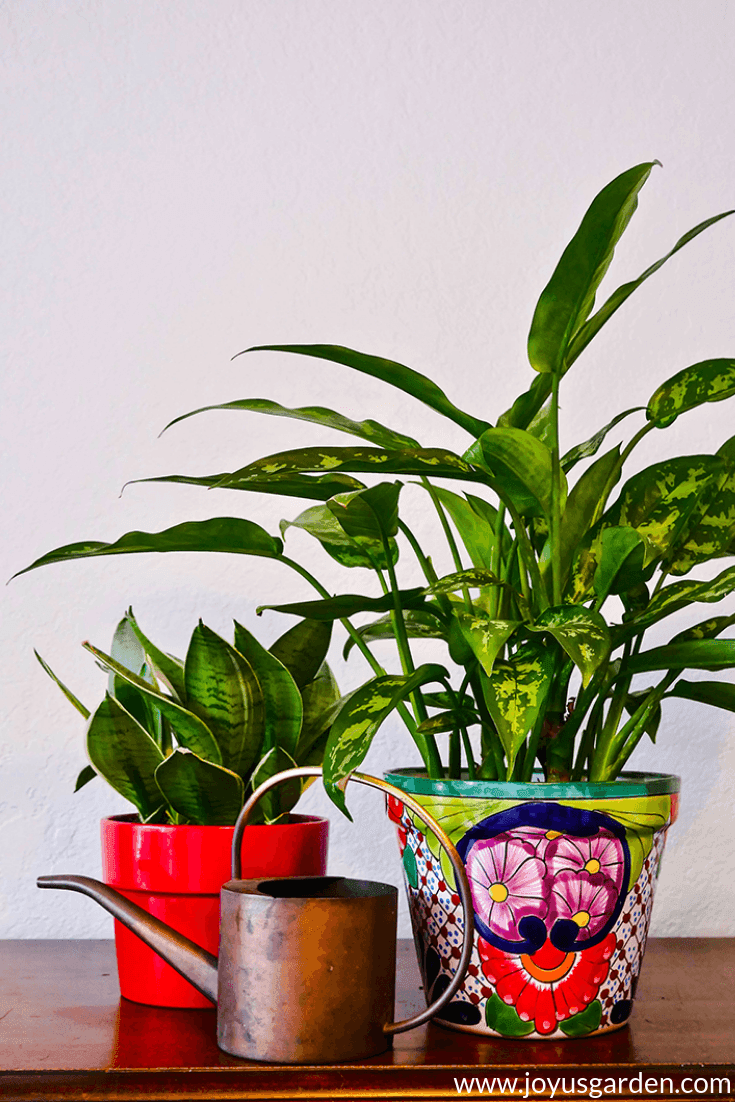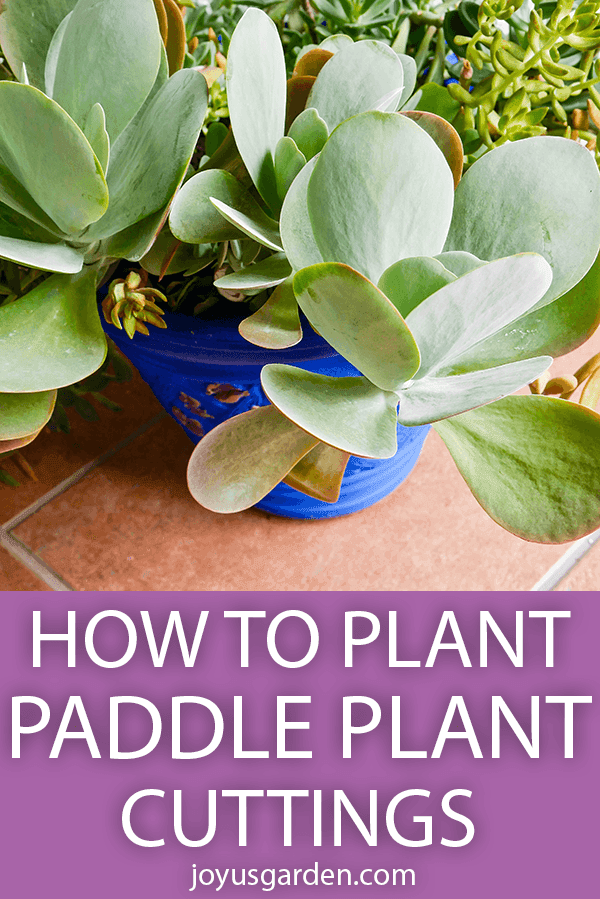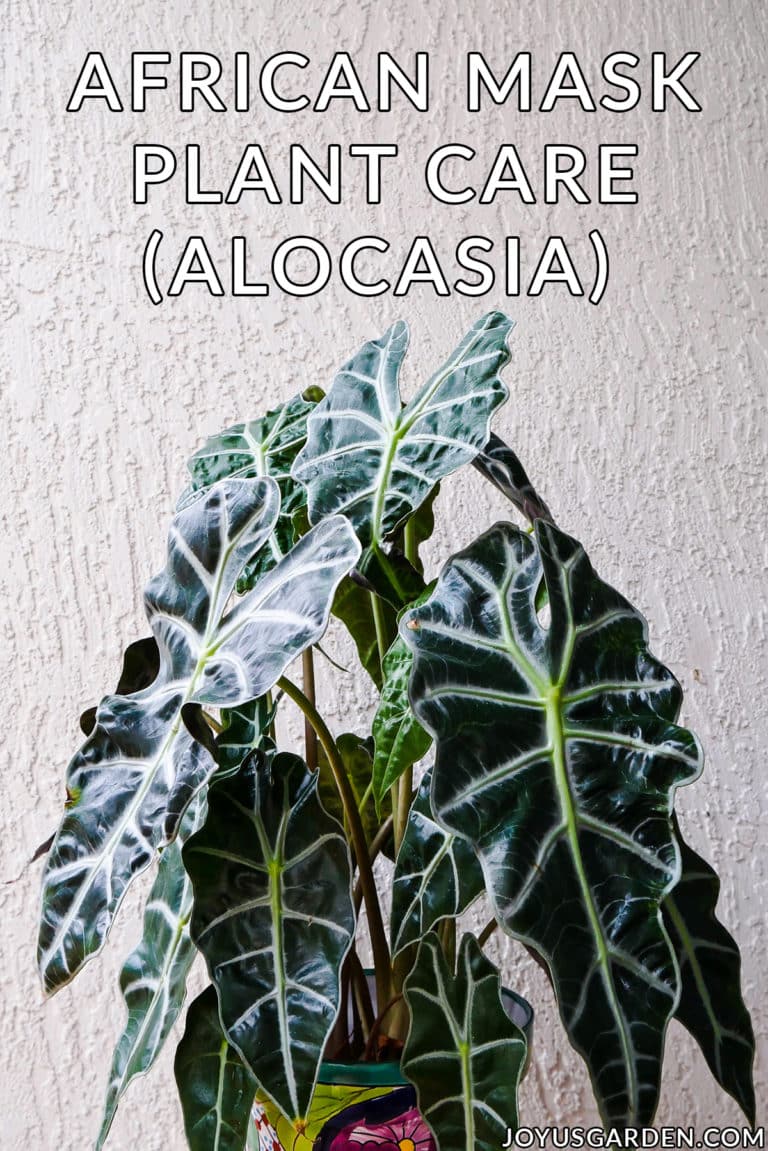Peperomia Hope: A Complete Plant Care & Growing Guide
If you’re looking for a delightful hanging plant that’s a breeze to maintain, your hunt is over. This is all about successfully caring for and growing a Peperomia Hope.
I live in the Arizona desert and have eight peperomias growing in my home. All are different in form, color, and texture but share the same general care requirements. Peperomias are succulent-like; mine all have thick fleshy leaves and stems.
Botanical Name: I’ve seen Peperomia tetraphylla Hope and Peperomia rotundifolia Hope. Common Name: Peperomia Hope. This is a hybrid plant. It’s a cross between Peperomia quadrifolia and Peperomia deppeana.
Peperomia Hope Traits
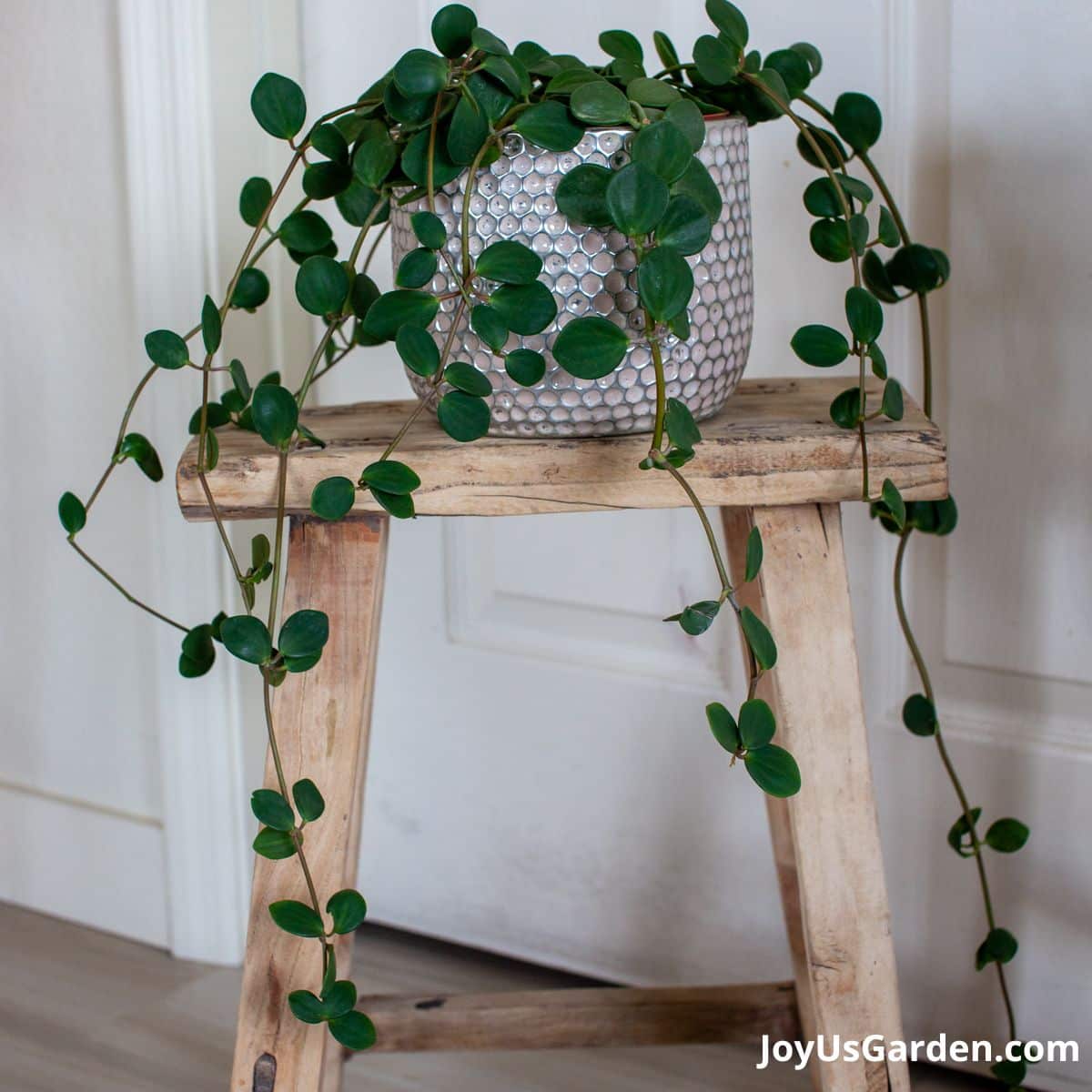
Size
These plants are typically sold in 4″ and 6″ pots. Mine is currently in a 6″ pot; the longest trailing stems are 32″.
Uses
This is a tailing peperomia. It’s used as a tabletop or hanging plant.
Growth Rate
These plants are known to be slow growers, especially in lower light conditions. Many of my indoor plants grow fast here in sunny, warm Tucson. This is a moderate-growing plant for me.
For me, this is an advantage. I won’t need to find a spot with more room to move it to, buy a larger decorative pot, or do much, if any, pruning to control the size.
Why Is This Plant Popular
The fact that it’s succulent-like and those sweet fleshy, round green leaves. I call it a String Of Pearls on steroids!
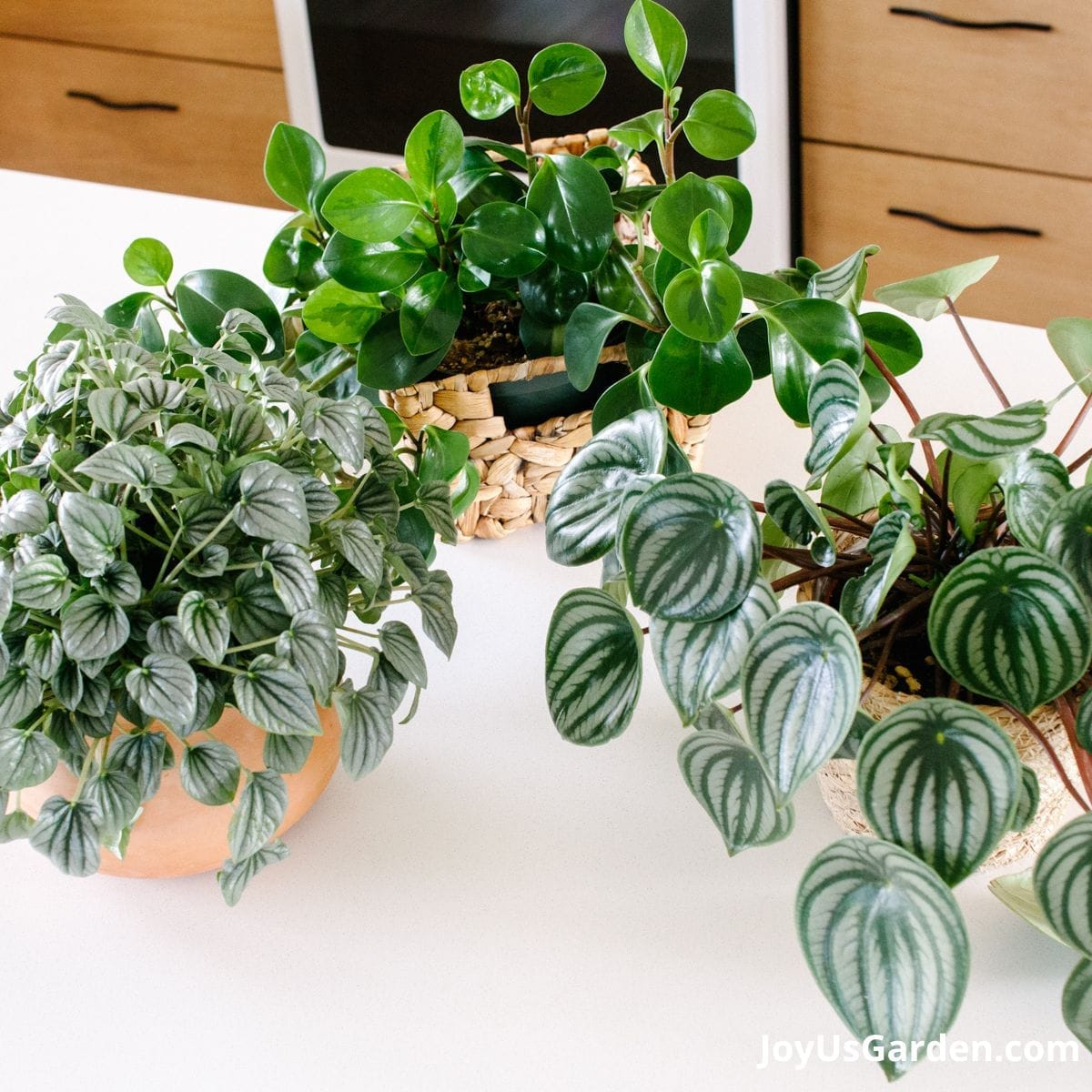
Peperomia Hope Care & Growing Tips
Light Requirements
This plant looks the best in moderate to high light. Mine is growing in all-day bright indirect light.
It sits next to but not in a south-facing window in my kitchen. It receives plenty of bright light. Be sure to keep it out of the hot direct sunlight as this will cause the leaves and stems to sunburn.
If in a too-low light situation, your plant will develop leggy growth, thin stems, and smaller leaves. It’s your cue to move it to a location with more light.
You may have to move it to a brighter spot in the darker, colder months. If growing next to a wall or in a corner, rotate it every couple of months so it receives light evenly on all sides.
There are things to know about caring for indoor plants in winter. This guide to Winter Houseplant Care will help you out.
Watering
Two words of warning – go easy! The succulent-like leaves and stems of this plant store water.
The best way to water this plant is simple. When the soil is dry, water it again. I water mine in a 6″ pot every seven to ten days in the warmer months and every fourteen days or so in the winter.
It’s hard for me to tell you often to water yours because many variables come into play. Here are a few: the pot size, the type of soil it’s planted in, the location where it’s growing, and your home’s environment.
This plant is susceptible to root rot. It’s best to have drainage holes in the bottom of the pot, so the excess water can freely drain out.
If you see brown spots on the leaves, one of the common causes is too much water (watering too often). Fungal diseases can arise because of too much water, low light levels, and/or temperatures too cool.
This guide to Watering Indoor Plants will shed more light on houseplant watering.
Temperature / Humidity
This tropical plant loves high humidity. That being said, this plant is mostly adaptable regarding humidity. Even though this plant would prefer high humidity levels, it handles the drier air in our homes like a champ.
The ideal humidity for subtropical and tropical indoor plants is around 60%. Sometimes the humidity levels here in Tucson range from 15-20%. Dry, to say the least, but my Peperomia Hope is doing and looking great!
Regarding temperature, if your home is comfortable for you and everyone else, it’ll be so for your indoor plants too.
Be sure to keep your Peperomia away from cold drafts and any blasts from air conditioning or heating vents.
Do you have a lot of tropical plants? We have a whole guide on Plant Humidity that might interest you.
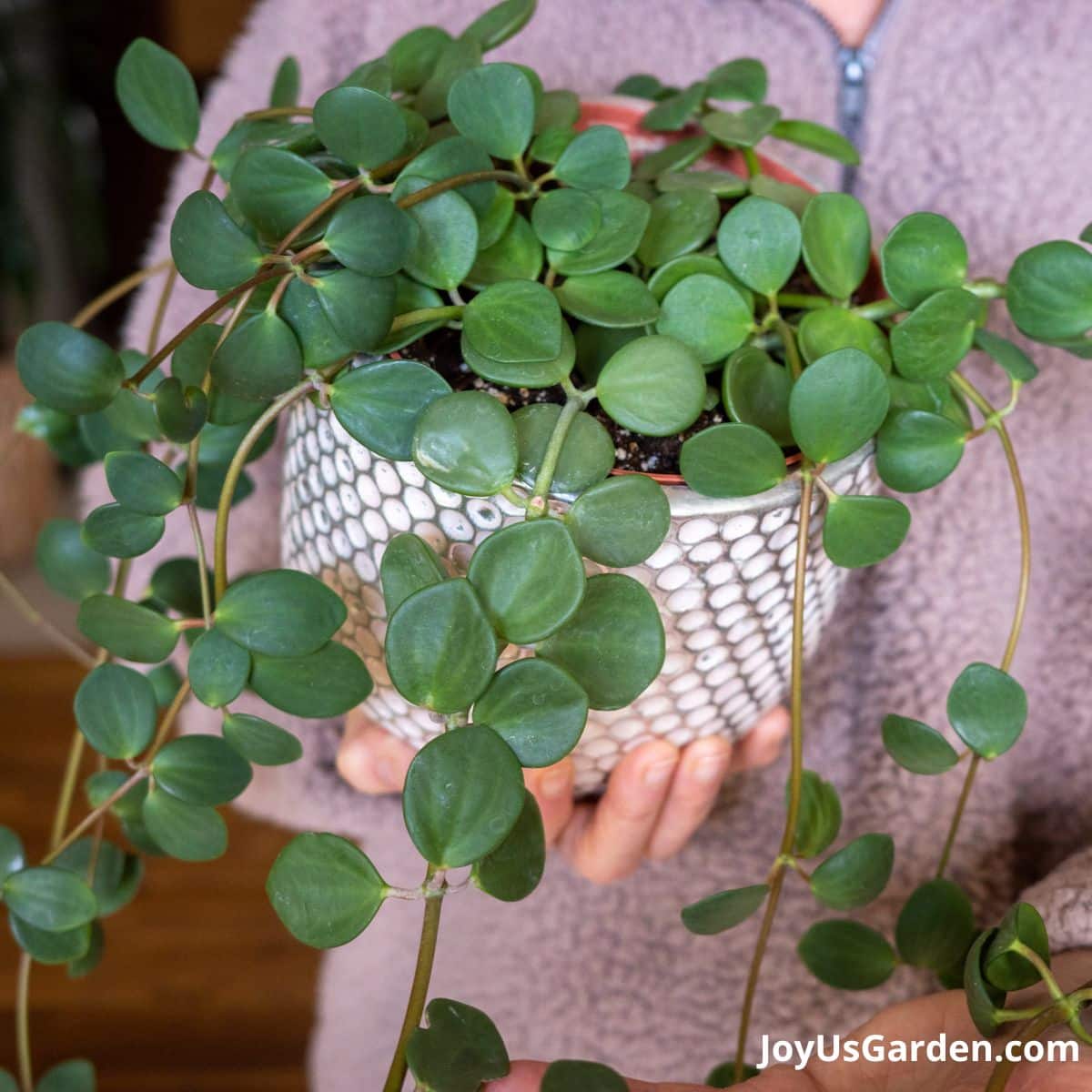
Fertilizing / Feeding
We have a long growing season here in Tucson from late winter through mid-fall. Like all my tropical houseplants, I fertilize with Grow Big, Liquid Kelp, and Maxsea or Sea Grow eight times during the growing season. I alternate these liquid fertilizers and don’t use them all together.
When my plants start putting out new growth and leaves, it’s my sign to start feeding. This year, the start date was mid-February. You’ll start later for you in a different climate zone with a shorter growing season. Feeding two or three times yearly with a fertilizer formulated for houseplants may be enough.
Fertilizing too often or with too great a fertilizer ratio can cause salts to build up and eventually burn the plant’s roots. This will show up as brown spots on the leaves. If you fertilize more than three times a year, you can try using the fertilizer at half-strength. The label on the jar or bottle will guide you.
It’s best to avoid fertilizing a stressed houseplant, i.e., bone dry or soaking wet.
Every other spring, I give most of my houseplants a light application of worm compost with a light layer of compost. Easy does it – a 1/4 ” layer of each is enough for a 6″ houseplant. It’s strong and breaks down slowly. Read about my Worm Compost/Compost Houseplant Feeding right here.
Be sure to check out our Guide To Fertilizing Indoor Plants for lots more info.
Soil / Repotting
I use a mix in a 1:1 ratio of good quality potting soil formulated for houseplants to DIY Succulent and Cactus Mix. This ensures the soil mixture has good drainage and helps to prevent soggy soil, which can lead to root rot.
The DIY succulent mix I use contains coco chips and coco coir (a more sustainable alternative to peat moss), which epiphytic Peperomias love. I also throw in a few handfuls of compost and top it with worm compost for some extra goodness.
This well-draining soil ensures it doesn’t hold too much water. Some alternatives are 1 part potting soil to 1 part perlite or pumice.
It’s the same as fertilizing and feeding; spring, summer, and early fall are the best time for repotting plants.
The root system of a Peperomia Hope is small, just like the plant. They don’t need repotting often (every 4-6 years if not stressed from being potbound or needing fresh soil mix) as they stay compact and don’t grow fast.
In regards to a bigger pot, only go up one size. For instance, from a 4″ grow pot to a 6″ grow pot.
Here’s a general guide to Repotting Peperomia Plants.
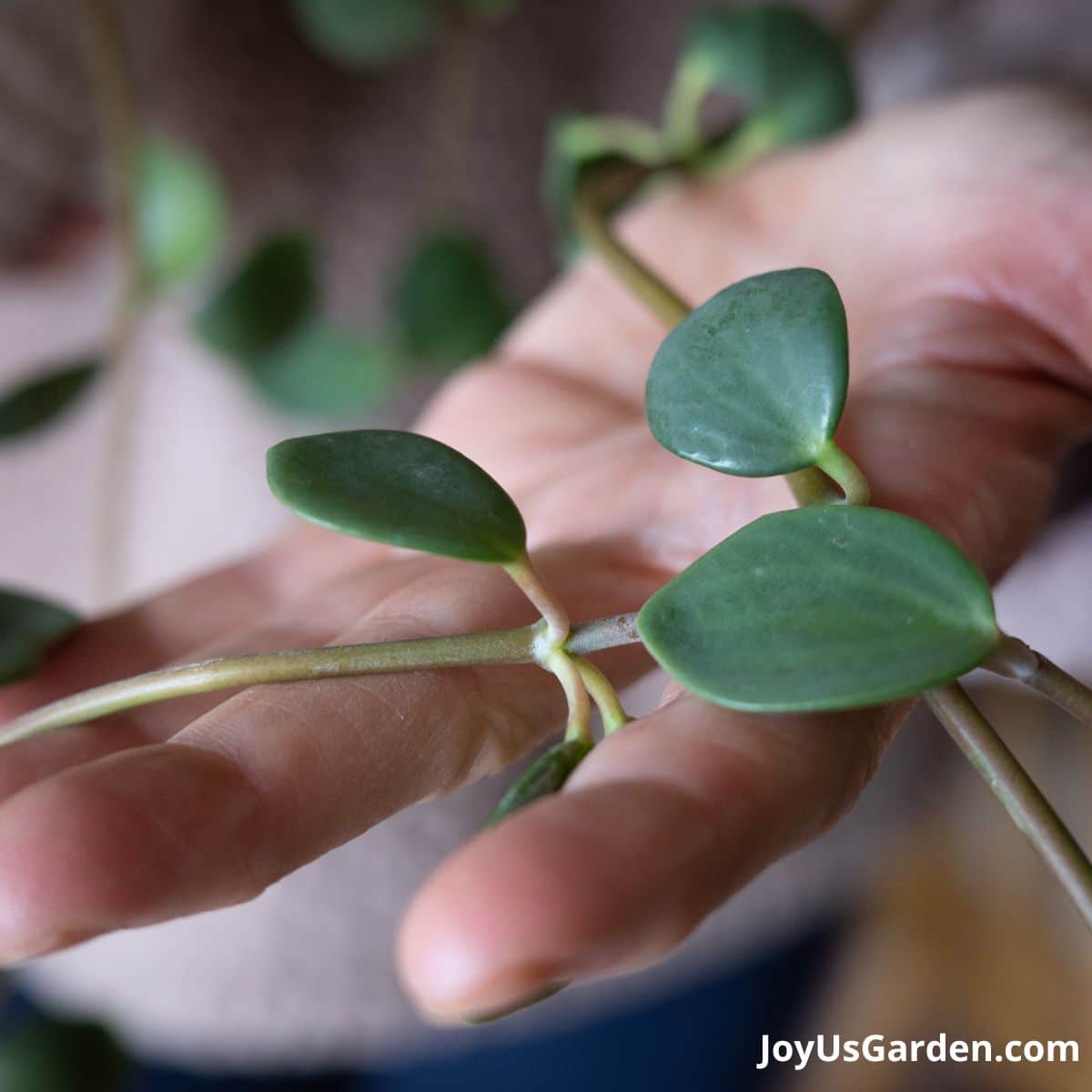
Propagation
There are three ways to propagate this plant. Spring and summer into early fall are the best times to do it.
You can do it via stem cuttings or leaf cuttings. I propagate peperomias in succulent and cactus mix (a light mix is best so the roots can easily emerge and grow), but it can also be done in water.
You can also get new plants by division. This is the fastest way to get two or three plants, but it can be tricky. You may not get an even divide or could lose a stem or two. Fortunately, those stems are easy to propagate. Rarely does an established plant divide equally in half!
Here’s how I Pruned & Propagated My Peperomia Obtusifolia.
Pruning
Not much, if any, is needed for the Peperomia Hope plant, especially if yours is slow growing. Reasons to prune would be to control the length, encourage more growth and business at the top, and propagate.
Pests
My Peperomias have never had any infestations. I imagine they could be prone to Mealybugs because of their fleshy leaves and stems. Also, keep your eyes out for Spider Mites, Scale, and Aphids.
The best way to help keep pests at bay is to keep your plant healthy. A weak and/or stressed will be more susceptible to pest infestations.
Pests can travel from plant to plant fast and multiply overnight, so check your plants regularly to get them under control as soon as you spot them.
Pet Toxicity
Good news! The ASPCA website lists this Peperomia as non-toxic to cats and dogs.
Peperomia Hope Flowers
Yes, they have flowers but don’t look for anything big and showy. The tiny green flowers appear in clusters on the ends of fleshy stems that resemble mouse tails. If the light levels are too low, your plant won’t flower.
Video Guide
Do you have more questions? We answer your questions about Peperomia Care here.
Peperomia Hope FAQs
Not at all. This one is great if you’re new to houseplant gardening, travel, or are like me with 60+ houseplants and want one you don’t have to water every week!
I’m not sure about the ultimate size of this one. It is considered to be a small plant. I can tell you mine is growing in a 6″ pot and that the longest stems are 32″ long. It’s mid-April, so we’ll see how much it’s grown by the end of summer.
I water mine when the soil is dry or nearly dry. You want to regulate the soil moisture so this plant doesn’t stay consistently wet.
The most common reason is a watering issue. Following right behind it is exposure or a combination of the two.
Consistently moist soil will lead to rot, yet you don’t want to soil mix to stay dry for too long.
They tolerate low light levels for a limited time but grow and look best in natural bright light, a moderate exposure.
Sure. It’s a hybrid of two tropical plants, so misting it a few times a week would make it happy.
I wouldn’t say it’s rare, but it can be hard to find. I bought mine at a nursery in Phoenix. Be sure to check on Etsy because some growers sell it there.
Conclusion: These low maintenance plants with succulent leaves are great for beginning gardeners. They like bright light but no direct sunlight and to dry out in between waterings.
I hope you’ve found this care guide to be helpful. There are many types of peperomia plants on the market, and Peperomia Hope is one of our favorites. We “hope” you think so too!
Happy gardening,


